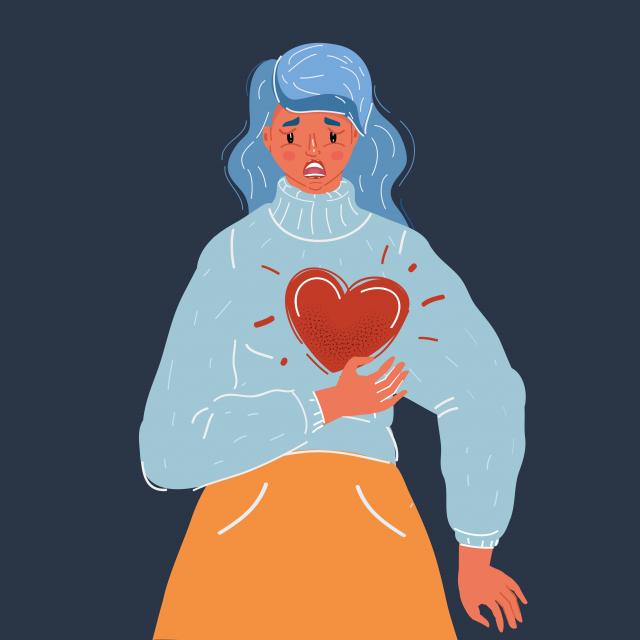The week beginning Monday June 27 and ending Sunday July 3 is Heart Failure Awareness Week.
With approximately 500,000 Australians affected and 61,000 lives claimed by heart failure each year, this equates to approximately one person dying of heart failure every three hours, and eight deaths each day of the year.
As the number one cause of hospitalisations in people aged 65 and above, heart failure is on the rise in Australia, including in Melbourne’s north.
Despite the name, heart failure refers to the fact that the heart cannot keep up with the body’s demands, rather than that it has stopped or failed.
As people survive heart attacks and other acute heart diseases, their likelihood of developing heart failure increases.
However, with early diagnosis, treatment and lifestyle changes, a person with heart failure can reduce their risk of hospitalisation, feel better, and live a longer, healthier life.
It’s important to be vigilant of any symptoms you may be experiencing. These include things such as nausea, increased heart rate and sweating, wheezing or persistent coughing, swelling in the abdomen, legs, ankles and feet, unexplained fatigue or tiredness and shortness of breath.
Your doctor will complete a physical exam and ask you a series of questions. They are also likely to run tests including blood tests, chest x-rays, electrocardiograms (ECG) and stress tests on an exercise bike or treadmill.
Treating heart failure can be relatively straightforward, with a variety of medicines available, as well as surgeries and other medical devices. Lifestyle changes are also extremely important to be implemented, and can bring about a variety of positives to ensure your heart health doesn’t get any worse.
For more information, speak to your GP or visit www.hearts4hearts.org.au.







